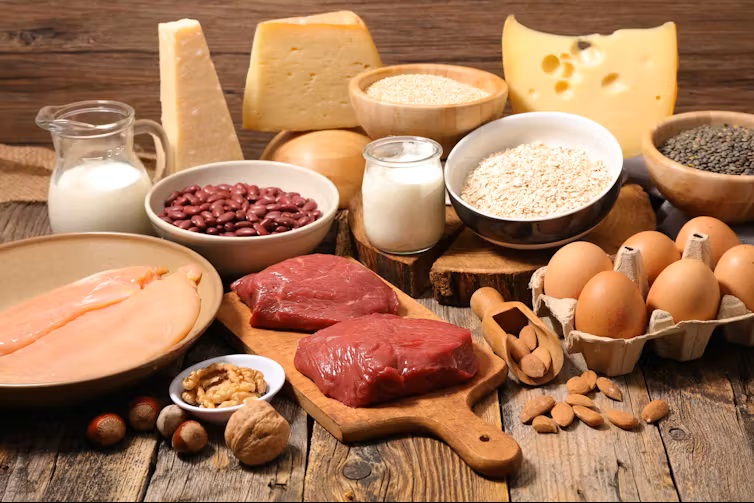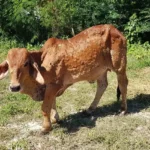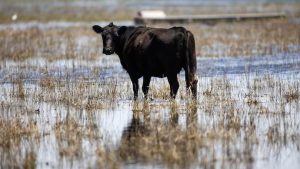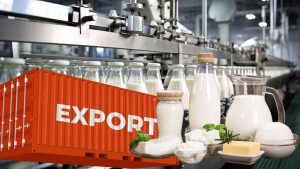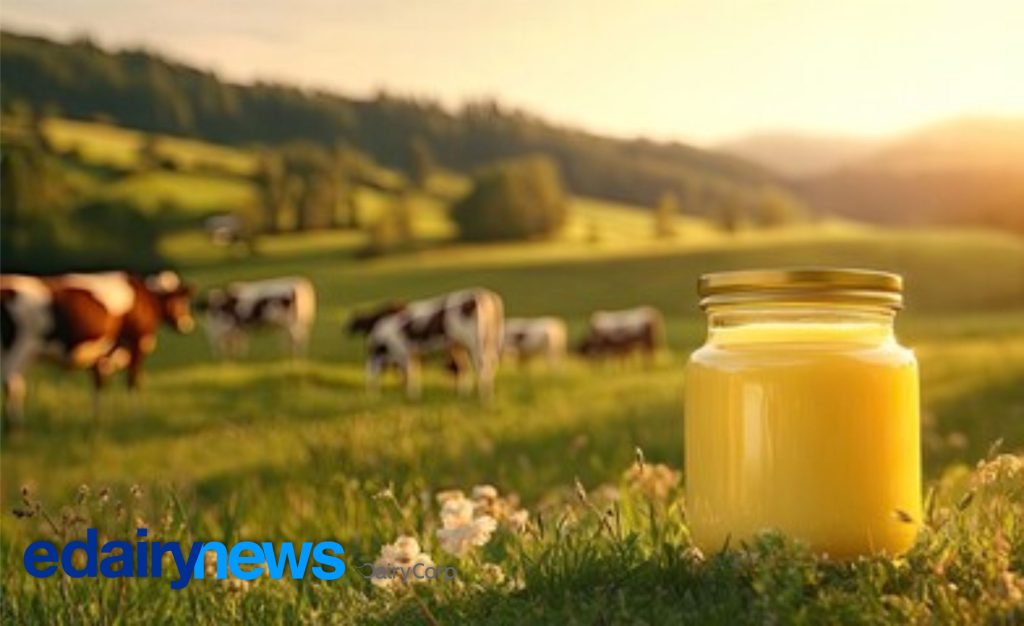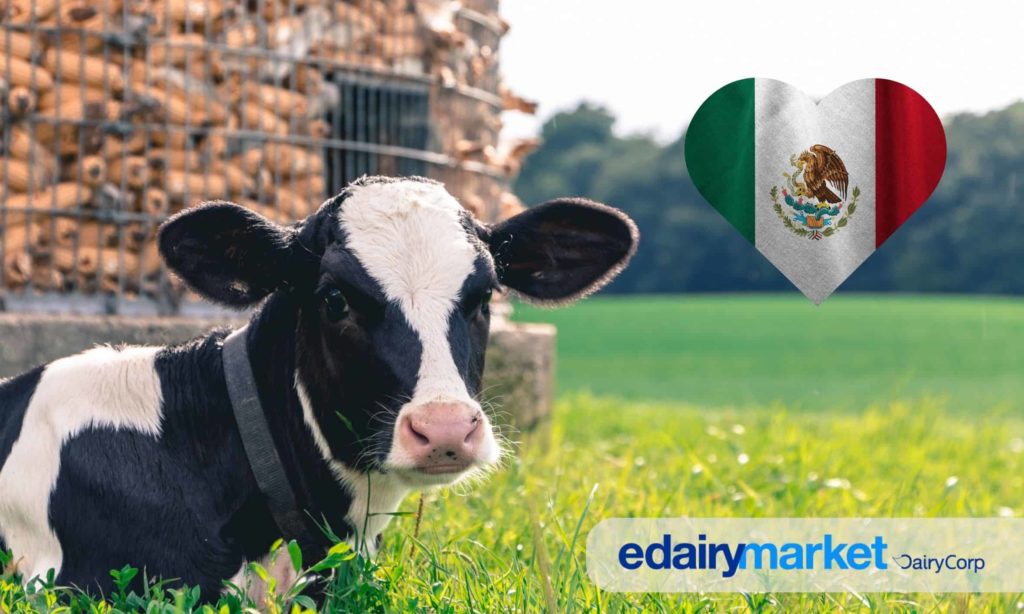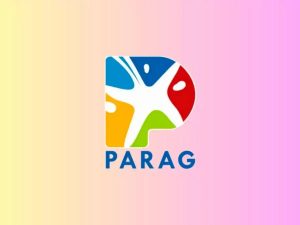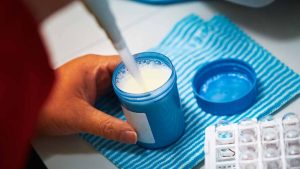
New Plant Launch Spotlights Cooperative Strategy Driving Global Milk Production Leader.
India’s dairy sector is dramatically reshaping the global market landscape, reporting a massive 70% growth in capacity over the past eleven years, according to recent statements from Union Home Minister Amit Shah following a major plant inauguration. This explosive expansion has officially positioned India as the world’s fastest-growing dairy sector, solidifying its rank as the top milk producer globally. Milk output surged from 146 million tonnes to 239 million tonnes, while the population of milch animals increased from 86 million to 112 million, underscoring both volumetric and herd size development.
The core of this unprecedented growth is the deepening of the cooperative model and key government initiatives. The minister, who also holds the cooperation portfolio, confirmed a robust cooperative foundation is being built, projecting that by 2029, every local governing body (Panchayat) in the country will feature a cooperative society. This structural focus is designed to ensure the prosperity directly reaches the 80 million farmers connected to the dairy economy, with the profit from increased procurement flowing back to the producers.
A central element of the current strategy is the White Revolution 2.0, which aims to significantly boost the sector’s capacity and reach. Under this plan, the government intends to establish over 75,000 new dairy cooperatives and strengthen 46,000 existing ones. By 2028–29, daily milk procurement by dairy cooperatives is targeted to reach a monumental 1,007 lakh kg, reflecting an aggressive push for organized collection and processing that directly benefits farmers.
Furthermore, the government is introducing comprehensive systemic reforms, including the creation of three new multi-state cooperative societies dedicated to the dairy sector. These specialized societies will focus on critical areas like animal feed, disease control, artificial insemination, and even cow dung management and circular use of cattle remains. This integrated approach, supported by schemes like the National Gokul Mission, aims to modernize the supply chain and improve the overall genetic and health profile of the national herd.
The immediate impact of this push was highlighted by the inauguration of the new Sabar Dairy Plant, which stands as the country’s largest production facility for curd, buttermilk, and yogurt. This state-of-the-art facility, with a daily capacity of 10 lakh liters of yogurt and 3 lakh liters of buttermilk, is strategically positioned to serve the vast National Capital Region and Northern states. This investment signifies a strong commitment to expanding modern value-added processing capabilities alongside volume growth, paving the way for further farmer empowerment and market expansion in the short term.
Source: Read the full original report from The Daily Pioneer.
You can now read the most important #news on #eDairyNews #Whatsapp channels!!!
🇮🇳 eDairy News ÍNDIA: https://whatsapp.com/channel/0029VaPidCcGpLHImBQk6x1F
